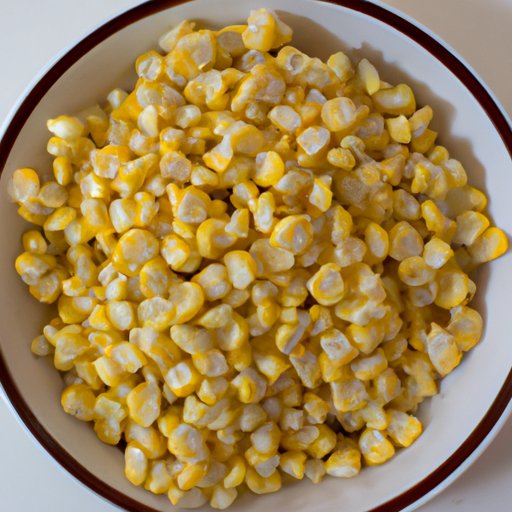
How to Remove Corns: Home Remedies, Products, and Prevention Techniques
Have you ever felt a painful bump on your toe or foot? Chances are, it might be a corn. Corns are small, hardened areas of skin that develop on the feet due to repeated friction or pressure. They can be uncomfortable and even painful if left unattended. In this article, we’ll explore different ways to remove corns and prevent them from forming in the first place.
Simple Home Remedies for Corn Removal
If you prefer using natural remedies, there are several options you can try before purchasing any over-the-counter products. One popular remedy is Epsom salt, which can soften the skin and make it easier to remove the corn. Simply mix a handful of Epsom salt in warm water and soak your feet for 10-15 minutes. After soaking, rub the affected area gently with a pumice stone to remove the dead skin. Repeat this twice a week until the corn disappears.
Vinegar is another common household item that can be used to remove corns. Soak a cotton ball in white vinegar and place it directly on the corn. Cover the cotton ball with a bandage to keep it in place overnight. The acid in vinegar can help soften the corn and make it easier to remove. For best results, repeat this process every night until the corn disappears.
Essential oils, such as tea tree oil and lavender oil, are also effective for removing corns. Mix a few drops of essential oil with a carrier oil, such as olive oil or coconut oil, and apply it directly to the corn. Use a bandage to cover the area and leave it on overnight. The oil will work to soften the skin and loosen the corn, making it easier to remove.
While home remedies can be effective, it’s important to use caution when trying these techniques. Always test new products on a small area of skin first. Stop using any remedy that causes irritation or discomfort. If your corn doesn’t improve with home treatment within two weeks, it’s time to consider other options.
Over-the-Counter Corn Removal Products
If home remedies don’t do the trick, there are several over-the-counter products that can help remove corns. These products often contain salicylic acid, a common ingredient in acne medication that can also soften and remove hard skin. They come in the form of creams, pads, and liquids that can be applied directly to the corn.
Before using any corn removal product, it’s important to read the instructions carefully and follow them closely. Do not use the product on healthy skin or for an extended period of time, as this can cause skin irritation or damage. If you have a medical condition that affects your feet, such as diabetes, consult with a doctor before using any of these products.
When choosing a corn removal product, consider the location and severity of your corn. For example, if the corn is very thick or deep, a cream or pad might not be effective. In this case, a liquid that can penetrate the skin more deeply might be a better option. There are also products designed specifically for certain areas of the foot, such as between the toes or on the bottom of the foot.
Using Corn Pads, Cushions, and Insoles
In addition to removal products, there are other products that can help alleviate the pain and discomfort caused by corns. Corn pads and cushions are soft, padded covers that can be placed over the corn to reduce friction and pressure. These can be purchased at a drugstore or online. Insoles are also available that can be placed inside shoes for added comfort and support.
When using corn pads or cushions, it’s important to choose the correct size and shape that fits your corn. Improperly fitted pads or cushions can cause more irritation and pain. Insoles should also be selected based on the shape and size of your shoe to ensure the best fit.
Prevention Techniques
Preventing corns from forming in the first place is key to avoiding discomfort and pain. Proper foot hygiene is essential for preventing corns. Make sure to wash and dry your feet regularly and wear clean socks every day. Wearing comfortable, well-fitted shoes can also reduce friction and pressure on the feet. Avoid shoes that are too tight or have high heels.
Using stretching exercises, foot massages, and shoe inserts can also help prevent corn development in the long term. Stretching exercises, such as toe curls and ankle rolls, can help improve foot flexibility and relieve pressure. Foot massages can also help stimulate blood flow and reduce tension. Shoe inserts, such as arch supports or gel pads, can help redistribute pressure and provide additional cushioning.
Professional Corn Removal Options
If home remedies and over-the-counter products don’t work, it may be necessary to visit a podiatrist for professional corn removal. A podiatrist can use specialized tools and techniques to remove the corn safely and effectively. The procedure is typically done in the office and is relatively quick and simple.
While professional removal is generally safe, there are potential risks and complications to consider. There is a risk of infection or scarring, and the procedure can be painful. It’s important to discuss these risks with your podiatrist before undergoing treatment.
Conclusion
Removing corns can be a simple and straightforward process with the right techniques and tools. Home remedies and over-the-counter products are effective for mild to moderate cases, while professional removal might be necessary for more severe or persistent corns. Prevention techniques should also be used to avoid corn development in the first place. By maintaining proper foot hygiene and wearing comfortable shoes, you can keep your feet healthy and corn-free.




